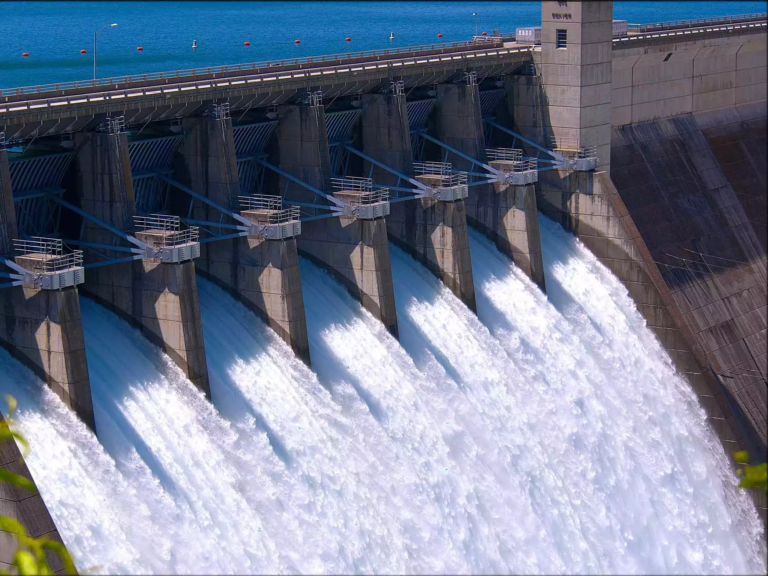When it comes to energy sources, hydropower is often touted as one of the most cost-effective and sustainable options. But just how much more affordable is hydroelectricity compared to actual electricity generated from traditional sources like coal and natural gas? In the United States, where energy costs can vary widely, understanding the financial benefits of hydropower can help consumers and businesses make informed decisions.
Understanding Hydropower and Conventional Electricity
Before diving into the cost comparison, let’s break down the basics. Hydropower is generated by harnessing the energy of moving water, typically from rivers or dams, to produce hydroelectricity. Unlike fossil fuels, water is a renewable resource, making hydropower a sustainable option.
On the other hand, actual electricity from conventional sources—such as coal, natural gas, and nuclear energy—relies on extracting and burning finite resources. These processes not only contribute to greenhouse gas emissions but also result in fluctuating energy prices due to market demand and resource availability.
Cost Comparison: Hydropower vs. Conventional Electricity
So, how much more affordable is hydroelectricity than actual electricity from fossil fuels? Several factors come into play:
1. Lower Operational Costs
Unlike coal and natural gas plants, hydropower facilities don’t require constant fuel purchases. Water is free, while fossil fuels are subject to price volatility. This significantly reduces operational expenses for hydroelectricity plants, making their electricity generation much cheaper over time.
2. Electricity Prices Per kWh
According to the U.S. Energy Information Administration (EIA), the cost of hydroelectricity in the U.S. is approximately $0.03 to $0.05 per kWh, while fossil fuel-generated actual electricity costs between $0.05 to $0.15 per kWh. That means hydropower can be 30-70% cheaper than traditional energy sources, depending on location and market conditions.
3. Long-Term Savings
Although building hydropower plants requires significant initial investment, their long lifespan (50-100 years) makes them a cost-effective solution. Fossil fuel plants require continuous fuel expenses and maintenance, which drive up the cost of actual electricity over time.
Why Is Hydropower Cheaper?
Several reasons contribute to the affordability of hydroelectricity:
- Renewable & Free Fuel: Unlike coal and gas, water doesn’t deplete.
- Minimal Maintenance Costs: Hydropower plants have fewer mechanical components compared to fossil fuel plants.
- Government Incentives: Federal and state programs in the U.S. offer subsidies for hydropower development, further reducing costs.
Challenges and Limitations of Hydropower
Despite its cost benefits, hydropower isn’t without its challenges:
- High Initial Investment: Dams and infrastructure require a large upfront cost.
- Geographic Limitations: Not all regions have suitable water resources.
- Environmental Concerns: River ecosystems can be affected by dam construction.
The Future of Hydropower in the U.S.
As the country moves toward greener energy solutions, hydropower continues to be a key player. Technological advancements are making hydroelectricity even more affordable, and with the push for clean energy policies, we can expect increased investments in hydropower infrastructure.
Conclusion
If you’re wondering how much more affordable hydroelectricity is compared to actual electricity, the answer is clear: hydropower is significantly cheaper due to lower operational costs, long-term savings, and minimal reliance on fuel. While challenges exist, the overall benefits of hydroelectricity make it a smart energy choice for the future.
Would you consider switching to renewable energy sources like hydropower? Let us know your thoughts!
